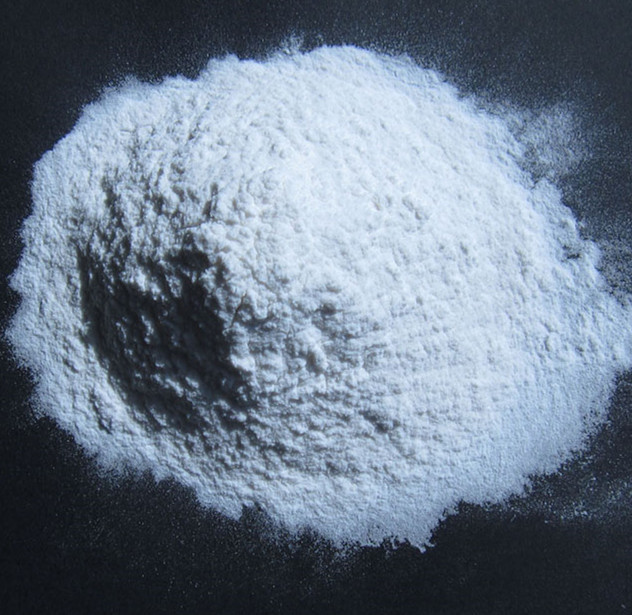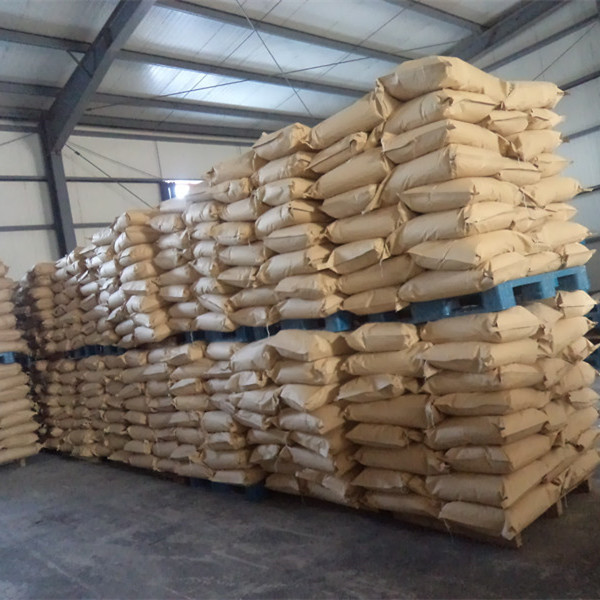Determining the amount of sodium carboxymethyl cellulose (CMC) to be added to a product requires a comprehensive consideration of multiple factors. Here are some suggestions:
Product type and formulation: First, understand the type of product (such as acidified milk drinks, juice-type drinks, meat products, etc.) and other ingredients. Different products may have different requirements for CMC. Consider the fat, protein, moisture content, and the use of other colloids or stabilizers in the product.
Stability requirements: Identify the stability requirements required for the product. For example, whether it is necessary to prevent precipitation, stratification, oil floating, or maintain a specific taste and texture. Higher stability requirements may require an increase in the amount of CMC added.
pH value: Pay attention to the pH value of the product, because the properties of CMC may change under different pH conditions. CMC may work more effectively in an acidic environment, but its performance may be affected at too low or too high pH values.
Degree of substitution and purity: The degree of substitution and purity of CMC will also affect its performance. CMC with a higher degree of substitution and purity generally has better solubility and stability, and can achieve the same effect at a lower addition amount.
Experimentation and optimization: Conducting small-scale experiments is a key step in determining the optimal addition amount. Prepare samples with different CMC addition amounts and evaluate their stability, taste, texture and other characteristics. Based on the test results, gradually adjust the addition amount to find the amount that best suits the product formulation and stability requirements.
Reference experience and literature: Consult relevant food science literature, professional books or consult other food professionals to understand the common addition range and experience of CMC in similar products. This can provide a reference for the initial determination of the addition amount.
Work with suppliers: Work with CMC suppliers who can provide information about product performance and recommended addition amounts. Suppliers may also be able to provide customized solutions based on your specific needs.
Regulations and standards: Make sure the addition amount complies with relevant regulations and standards. Different countries or regions may have specific restrictions and regulations on the use of food additives.
It should be noted that the addition amount of CMC should be within a reasonable range to ensure the quality and safety of the product. At the same time, cost factors should also be considered to avoid unnecessary increases due to excessive use. The optimal addition amount usually needs to be determined through experiments and optimization, so patience and meticulous work are important. If you have more detailed questions about the amount of CMC to add to a specific product, it is recommended to consult a professional food scientist or relevant agency for more accurate and personalized advice.


